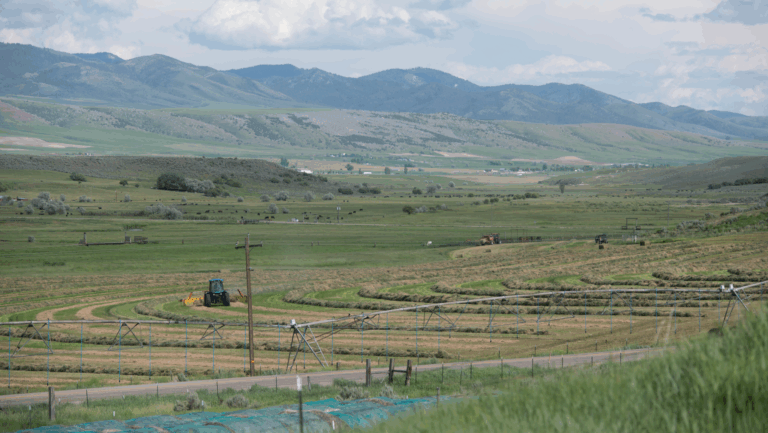Farm Land Loan Interest Rates: Produce Crop Farmers
Find out about the top 10 produce crops in the U.S.
Produce crops are some of the most recognized crops in the country and are what most people imagine when they think of farming. The top 10 are those that are the most grown crops in the U.S., and they are also some of the best selling crops. These types of crop production are also the focus of the Southeast Produce Council’s Southern Exposure event, going on from March 9th to the 11th in Orlando, Florida. If you’re curious about the top 10 produce crops in our country, continue reading below.
Top 10 Produce Crops
There is a wide array of crops grown on U.S. farms, including vegetable farms, row crop farms, and tree nut operations, among many others. According to USDA Economic Research Service (ERS), the top 10 produce crops in the U.S. are:
- Corn. It is the most widely produced feed grain in the United States, the majority of which goes towards feeding livestock. Over 90 million acres of corn are grown for feed, industrial products, and food and beverage products like cereal, alcohol, and sweeteners.
- Cotton. The U.S. is the world’s third largest producer of cotton, one of the most important textile fabrics. The U.S. is the world’s leading exporter of cotton, and the industry contributes $21 billion a year to the economy and generates over 125,000 jobs.
- Fruit. Many different fruits are grown in the U.S., including apples, berries, citrus, and melons. Together with the tree nut industry, the fruit industry contributes over $25 billion in farm cash receipts.
- Tree Nuts. Tree nuts like almonds, pecans, walnuts, hazelnuts, and pistachios are grown many different places in the U.S. Along with the fruit industry, the tree nut industry makes up 13 percent of the total receipts for all agricultural commodities and 7 percent for all crops. However, both the fruit and tree nuts industries face competition from foreign imports.
- Rice. Rice is grown exclusively in the southern U.S. and California with three different types of rice grown, short-, medium-, and long-grain. The U.S. exports approximately half of its rice sales volume to global markets.
- Soybean and Oil Crops. The U.S. is the leading soybean producer and exporter in the world. Soybeans account for about 90% of U.S. oilseed production, but we also produce other oilseeds, such as peanuts, sunflower seed, canola, and flax.
- Sugar and Sweeteners. The U.S. is both one of the world’s largest producers of sugar and other sweeteners and one of the greatest consumers. Sugars can come from sugarcane, sugarbeets and high fructose corn syrup.
- Vegetables. The vegetable industry is comprised of a variety of sectors. It can be split into vegetables grown for processing and those grown for fresh market sales. Upper Midwestern states like Wisconsin, Minnesota, and Michigan and Pacific states like California, Washington, and Oregon grow the most acreage of vegetables for processing, while Florida, California, Arizona, Georgia and New York have the most acreage growing vegetables for the fresh market.
- Pulses. Pulses include beans, peas, legumes, and peanuts. Along with the vegetable industry, pulses account for approximately 14 percent of U.S. cash crop receipts.
- Wheat. Wheat is the third largest field crop in the U.S., both in acreage and gross farm receipts. About half of the U.S.’s wheat production is exported.
Southeast Produce Council’s Southern Exposure
The southeastern growers and producers of the country’s top 10 produce crops are meeting in Orlando, Florida at the Southeast Produce Council’s Southern Exposure event at the Walt Disney World Dolphin Resort March 9th-11th. One of AgAmerica’s Correspondent Lenders, Ethan Cooper, is attending the event.
The three-day event features educational workshops, an exhibitor area, committee meetings, networking events, and entertainment events like the Tom Page Golf Classic and the Opening Gala Party.
America’s top 10 produce crops are the reason why America is referred to as the world’s breadbasket. AgAmerica aims to help owners and operators of farms that grow crops succeed using our low farm land loan interest rates, long amortizations, and an outstanding 10-year line of credit.






